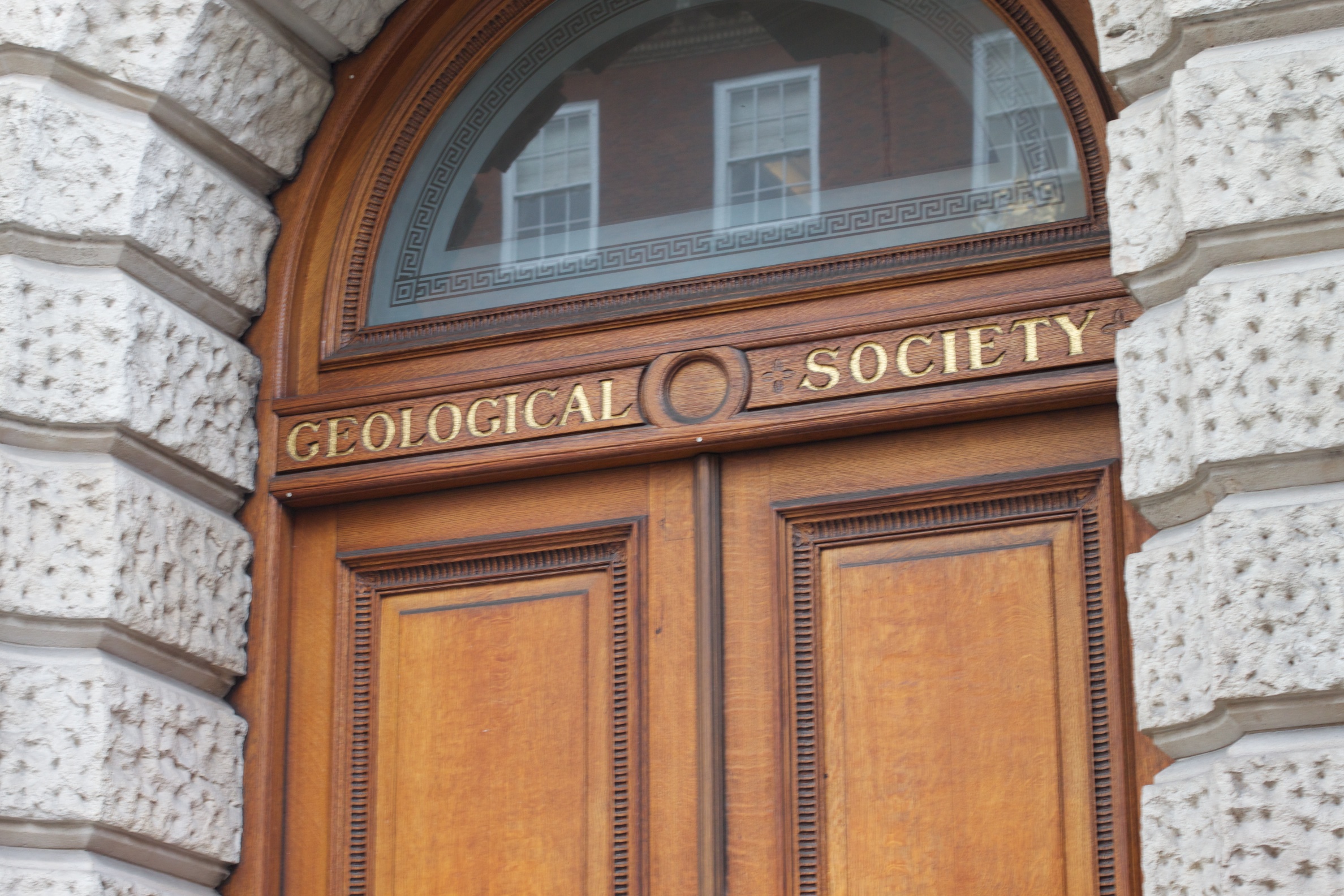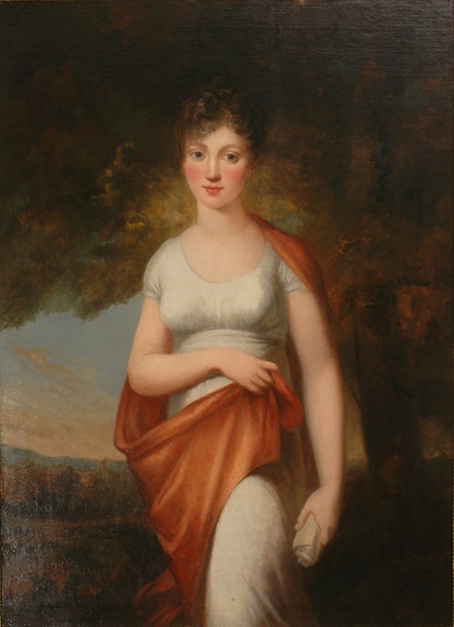|
Alfred Des Cloizeaux
Alfred Louis Olivier Legrand Des Cloizeaux (17 October 18176 May 1897) was a French mineralogist. Des Cloizeaux was born at Beauvais, in the department of Oise. He studied with Jean-Baptiste Biot at the Collège de France. He became professor of mineralogy at the École Normale Supérieure and afterwards at the Muséum National d'Histoire Naturelle in Paris. He studied the geysers of Iceland, and wrote also on the classification of some of the eruptive rocks. His main work consisted in the systematic examination of the crystals of numerous minerals, in researches on their optical properties and on the subject of light polarization. He demonstrated the circular polarization of cinnabar.The New international encyclopaedia, Volume 6 edited by Frank Moore Colby, Talcott Williams He wrote especially on t ... [...More Info...] [...Related Items...] OR: [Wikipedia] [Google] [Baidu] |
Microcline
Microcline (KAlSi3O8) is an important igneous rock-forming tectosilicate mineral. It is a potassium-rich alkali feldspar. Microcline typically contains minor amounts of sodium. It is common in granite and pegmatites. Microcline forms during slow cooling of orthoclase; it is more stable at lower temperatures than orthoclase. Sanidine is a polymorph of alkali feldspar stable at yet higher temperature. Microcline may be clear, white, pale-yellow, brick-red, or green; it is generally characterized by cross-hatch twinning that forms as a result of the transformation of monoclinic orthoclase into triclinic microcline. The chemical compound name is potassium aluminium silicate, and it is known as E number reference E555. Geology Microcline may be chemically the same as monoclinic orthoclase, but because it belongs to the triclinic crystal system, the prism angle is slightly less than right angles; hence the name "microcline" from the Greek "small slope". It is a fully ordered ... [...More Info...] [...Related Items...] OR: [Wikipedia] [Google] [Baidu] |
Physical Crystallography Before X-rays
Physical crystallography before X-rays describes how physical crystallography developed as a science up to the discovery of X-rays by Wilhelm Conrad Röntgen in 1895. In the period before X-rays, crystallography can be divided into three broad areas: geometric crystallography culminating in the discovery of the 230 space groups in 1891–4, chemical crystallography and physical crystallography. Physical crystallography is concerned with the Mineralogy#Physical properties, physical properties of crystals, such as their Crystal optics, optical, electrical, and magnetic properties. The effect of electromagnetic radiation on crystals is covered in the following sections: #Double refraction, double refraction, #Rotary polarization, rotary polarization, #Conical refraction, conical refraction, #Absorption and pleochroism, absorption and pleochroism, #Luminescence, fluorescence and phosphorescence, luminescence, fluorescence and phosphorescence, #Reflection from opaque materials, reflecti ... [...More Info...] [...Related Items...] OR: [Wikipedia] [Google] [Baidu] |
American Philosophical Society
The American Philosophical Society (APS) is an American scholarly organization and learned society founded in 1743 in Philadelphia that promotes knowledge in the humanities and natural sciences through research, professional meetings, publications, source text, library resources, and community outreach. It was founded by the polymath Benjamin Franklin and is considered the first learned society founded in what became the United States.Philosophical Hall, the society's headquarters and a museum, is located just east of Independence Hall in Independence National Historical Park. In 1965, in recognition of the building's history, it was designated a National Historic Landmark. The society has about 1,000 elected members. As of April 2020, 5,710 members had been inducted since its creation. Through research grants, published journals, the American Philosophical Society Museum, an extensive library, and regular meetings, the society supports a variety of disciplines in the humanitie ... [...More Info...] [...Related Items...] OR: [Wikipedia] [Google] [Baidu] |
Geological Society Of London
The Geological Society of London, known commonly as the Geological Society, is a learned society based in the United Kingdom. It is the oldest national geological society in the world and the largest in Europe, with more than 12,000 Fellows. Fellows are entitled to the postnominal FGS (Fellow of the Geological Society), over 2,000 of whom are Chartered Geologists (CGeol). The Society is a registered charity, no. 210161. It is also a member of the Science Council, and is licensed to award Chartered Scientist to qualifying members. The mission of the society is: "Making geologists acquainted with each other, stimulating their zeal, inducing them to adopt one nomenclature, facilitating the communication of new facts and ascertaining what is known in their science and what remains to be discovered". History The Society was founded on 13 November 1807 at the Freemasons' Tavern, Great Queen Street, in the Covent Garden district of London. It was partly the outcome of a previou ... [...More Info...] [...Related Items...] OR: [Wikipedia] [Google] [Baidu] |
Wollaston Medal
The Wollaston Medal is a scientific award for geology and the highest award granted by the Geological Society of London, the oldest geological society in the world. The medal is named after William Hyde Wollaston, and was first awarded in 1831. It was originally made of gold (1831–1845), then palladium, a metal discovered by Wollaston (1846–1860). It was switched to gold again from 1861 to 1929, and then back to palladium from 1930 to present. Laureates SourcGeological Society 1831–1850 *1831 William 'Strata' Smith *1835 Gideon Mantell *1836 Louis Agassiz *1837 Proby Thomas Cautley *1837 Hugh Falconer *1838 Richard Owen *1839 Christian Gottfried Ehrenberg *1840 André Hubert Dumont *1841 Adolphe-Théodore Brongniart *1842 Leopold von Buch *1843 Jean-Baptiste Élie de Beaumont *1843 Pierre Armand Dufrenoy *1844 William Conybeare *1845 John Phillips *1846 William Lonsdale *1847 Ami Boué *1848 William Buckland *1849 Joseph Prestwich *1850 William Hopkins 1851–19 ... [...More Info...] [...Related Items...] OR: [Wikipedia] [Google] [Baidu] |
French Academy Of Sciences
The French Academy of Sciences (, ) is a learned society, founded in 1666 by Louis XIV at the suggestion of Jean-Baptiste Colbert, to encourage and protect the spirit of French Scientific method, scientific research. It was at the forefront of scientific developments in Europe in the 17th and 18th centuries, and is one of the earliest Academy of Sciences, Academies of Sciences. Currently headed by Patrick Flandrin (President of the academy), it is one of the five Academies of the . __TOC__ History The Academy of Sciences traces its origin to Colbert's plan to create a general academy. He chose a small group of scholars who met on 22 December 1666 in the King's library, near the present-day Bibliothèque nationale de France, Bibliothèque Nationale, and thereafter held twice-weekly working meetings there in the two rooms assigned to the group. The first 30 years of the academy's existence were relatively informal, since no statutes had as yet been laid down for the ins ... [...More Info...] [...Related Items...] OR: [Wikipedia] [Google] [Baidu] |
Descloizite
Descloizite is a rare mineral species consisting of basic lead and zinc vanadium, vanadate, , crystallizing in the orthorhombic crystal system and isomorphous with olivenite. Appreciable gallium and germanium may also be incorporated into the crystal structure. The color is deep cherry-red to brown or black, and the crystals are transparent or translucent with a greasy lustre; the streak is orange-yellow to brown; specific gravity 5.9 to 6.2; hardness 31/2. A variety known as cuprodescloizite is dull green in color; it contains a considerable amount of copper replacing zinc and some arsenic replacing vanadium. There is also an arsenate analogue called arsendescloizite. Discovery and occurrence It was discovered in the Sierra de Córdoba deposit in Córdoba, Argentina, Córdoba, Argentina, in 1854 and named in honor of the French mineralogist Alfred Des Cloizeaux (1817–1897). It occurs as small prismatic or pyramidal crystals, usually forming Druse (geology), drusy crusts and ... [...More Info...] [...Related Items...] OR: [Wikipedia] [Google] [Baidu] |
Alexis Damour
Augustin Alexis Damour (19 July 1808, in Paris – 22 September 1902, in Paris) was a French mineralogist who was also interested in prehistory. Biography In 1827 he studied under Alexandre Brongniart at the Muséum d'Histoire Naturelle in Paris, and up until 1854, worked for the Ministry of Foreign Affairs and International Development (France), Ministère des affaires étrangères. Afterwards, he devoted himself to mineralogical research, achieving fame for his research involving the chemical composition of many different minerals.The Mineralogical Record Augustin Alexis Damour Collection (biography)Prosopo Sociétés savantes de France In addition to his solo analyses of various minerals, with ... [...More Info...] [...Related Items...] OR: [Wikipedia] [Google] [Baidu] |
Christian VIII Of Denmark
Christian VIII (18 September 1786 – 20 January 1848) was King of Denmark from 1839 to 1848 and, as Christian Frederick, King of Norway in 1814. Christian Frederick was the eldest son of Frederick, Hereditary Prince of Denmark, Hereditary Prince Frederick, a younger son of King Frederick V of Denmark and Norway. As his cousin Frederick VI of Denmark, Frederick VI had no sons, Christian Frederick was heir presumptive to the throne from 1808. Early years Birth and family Prince Christian Frederick of Denmark and Norway was born late in the morning on 18 September 1786 at Christiansborg Palace, the principal residence of the Danish Monarchy on the island of Slotsholmen in central Copenhagen. He was officially the eldest son of Hereditary Prince Frederick of Denmark and Norway and Duchess Sophia Frederica of Mecklenburg-Schwerin. His father was a younger son of the deceased King Frederick V of Denmark-Norway and his second wife, Duchess Juliana Maria of Brunswick-Wolfenbüttel, an ... [...More Info...] [...Related Items...] OR: [Wikipedia] [Google] [Baidu] |
Phillipsite
Phillipsite is a mineral series of the zeolite group; a hydrated potassium, calcium and aluminium silicate, approximating to . The members of the series are phillipsite-K, phillipsite-Na and phillipsite-Ca. The crystals are monoclinic, but only complex cruciform twins are known, these being exactly like twins of harmotome which also forms a series with phillipsite-Ca. Crystals of phillipsite are, however, usually smaller and more transparent and glassy than those of harmotome. Spherical groups with a radially fibrous structure and bristled with crystals on the surface are not uncommon. The Mohs hardness is 4.5, and the specific gravity is 2.2. The species was established by Armand Lévy in 1825 and named after William Phillips. French authors use the name Christianite (after Christian VIII of Denmark), given by A. Des Cloizeaux in 1847. Phillipsite is a mineral of secondary origin, and occurs with other zeolites in the amygdaloidal cavities of mafic volcanic rocks: for exampl ... [...More Info...] [...Related Items...] OR: [Wikipedia] [Google] [Baidu] |
Tennantite
Tennantite is a copper arsenic sulfosalt mineral with an ideal formula . Due to variable substitution of the copper by iron and zinc the formula is . It is gray-black, steel-gray, iron-gray or black in color. A closely related mineral, tetrahedrite ) has antimony substituting for arsenic and the two form a solid solution series. The two have very similar properties and is often difficult to distinguish between tennantite and tetrahedrite. Iron, zinc, and silver substitute up to about 15% for the copper site. The mineral was first described for an occurrence in Cornwall, England in 1819, where it occurs as small crystals of cubic or dodecahedral form, and was named after the English chemist Smithson Tennant (1761–1815). It is found in hydrothermal veins and contact metamorphic deposits in association with other Cu–Pb–Zn–Ag sulfides and sulfosalts, pyrite, calcite, dolomite, siderite, barite, fluorite and quartz. The arsenic component of tennantite causes the metal ... [...More Info...] [...Related Items...] OR: [Wikipedia] [Google] [Baidu] |



